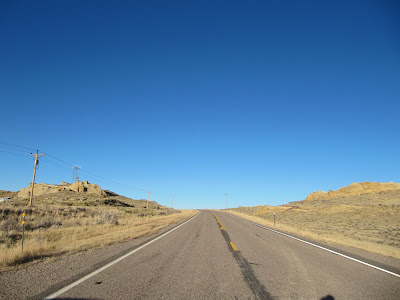Now that we had a machine that boots, it was time to put an operating system on our computer and start using it for what we intended! Because we only had an upgrade version of Windows 7, we planned on first putting Windows ME (I know...) onto the SSD. This would theoretically give us a licensed version of Windows that we could upgrade over. But before we could get and OS onto the system we had one last thing to unbox...
 |
| Our keyboard and mouse! |
 |
| Whats inside |
 |
| Ready for action |
Now that we could type and use the mouse, we went into the UEFI to change the first boot drive from the SSD to the optical drive. This let us boot from the CD and access the Windows installer. Once we got the installer running we saw this funny option on the screen:
 |
| We have a little more than 512 MB... |
We got ME onto the SSD, but for some reason we could not get it to run as an operating system. Most likely ME didn't know what to do with the SSD and as a result could not boot. Either way we assumed that it was working good enough and put in the Windows 7 upgrade disk. The system recognized the disk and we notice that there was an option to wipe ME from the SSD and do a clean install of Windows 7. We did not want any remnants of ME haunting our system so we gave that option a try, only to realize that our product key did not support a clean install. After scratching our heads for a while and looking for another product code we accidentally hit some key that allowed us to proceed without a product key! Soon we were running Windows 7, but we knew that there would be some problems down the line so we decided to call Microsoft and get a valid license. Before we could do that, we moved the computer upstairs so we could hook it up to the internet.
 |
| Windows is up and running! (pardon the horrible resolution) |
After being on hold for 45 minutes, we finally were able to talk with someone. We explained our situation and they very kindly gave us a new activation key. With a licensed version of Windows and an internet connection it was time to star letting the updates flow!
 |
| 7 of 52... |
Once the updates started to slow down we noticed something peculiar, our WD hard drive was not showing up when opening "my computer." This was very strange, especially because the UEFI recognized that it existed. We tried to call Western Digital and after being on hold for 20 minutes they asked for the serial number on our hard drive, which was still in the computer. We hung up, turned off the computer, took out the HHD and wrote down the serial number.
After putting everything back, we looked at the UEFI again and noticed that the HHD was in IDE mode when we wanted it to be in RAID mode. We tried just switching it to RAID mode, but this led to registry errors and the infamous blue screen of death. We switched it back and read online that if you want to change the HHD mode after installing an OS, there are several registry edits that one must make. We VERY CAREFULLY edited the registry, and were able not only to boot the system (wohoo!) but also get the drive to work in RAID mode!
At this point Windows still was having trouble with the HHD, so we downloaded some software from Western Digital that let us test it. Western Digital says that if your HHD fails one of the five tests it needs to be returned for a new one. Our lovely drive failed all five, meaning that it must have been dead on arrival.
 |
| Useless |
We took it out of the computer again and instead installed an old SATA 2 HHD from the previous computer. We noticed that the boot time was much faster than before, and that the CPU temps had fallen from the low 30's to the mid-to-low 20's. This dramatically shows how one bad component can effect the whole system! We then installed Battlefield 3 and finally go to pwn some n00bs!
 |
| Finally, the moment we've been waiting for! |
Install was relatively quick, and with the settings all maxed out we were seeing 53 FPS using FRAPS on multiplayer. We would say that overall the build was successful, despite some glitches with our HHD. We were able to get the performance we were looking for, even using an older hard drive, with minimal glitches to our build. The only other problem we noticed was that there is a stuck pixel right in the middle of the monitor. This, albeit very annoying, did not ruin our gaming experience and can possibly be fixed later on.
Before we wrap up the part of the blog on the build, we wanted to give out some awards:
Best packaging:
SeaSonic X750 Gold 750W PSU
 |
| Sooo nice!!! |
Worst packaging: LITE-ON DVD Burner
 |
| Not so much... |
Easiest to install: G.SKILL Ripjaws Series 8GB
 |
| And yes, those are gold caps |
Hardest to install: COOLER MASTER Hyper 212 Plus
 |
| Not looking forward to having to do that again |
|
|
|
Most nerve racking to install: Intel Core i5-2500K
 |
| Nor this |
Most DOA: Western Digital Caviar Blue WD5000AAKX 500GB
 |
| Now that I think about it, could make a good door stop |
That just about wraps up the build for us. Stay tuned for some pics of Casper and my drive to Denver!



























































